Search Results for: Bears
Skip to resultsCan’t find what you’re looking for? Visit our FAQ page.
6,895 results for: Bears
-
 Life
LifeComb jellies have a bizarre nervous system unlike any other animal
A 3-D map of the comb jelly “nerve net” reveals fused neurons that lack the space, or synapses, most neurons use to communicate. Did it evolve independently?
By Jake Buehler -
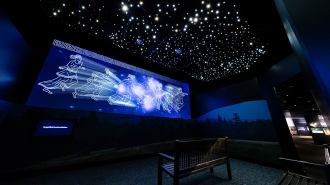 Science & Society
Science & SocietyThe Smithsonian’s ‘Lights Out’ inspires visitors to save the fading night sky
The exhibition examines how light pollution harms astronomy, ecosystems and human cultures. But it also offers hope.
-
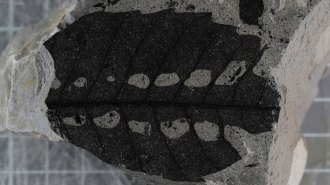 Paleontology
PaleontologyInsect bites in plant fossils reveal leaves could fold shut millions of years ago
The 252-million-year-old fossil leaves have symmetrical holes, which suggest an insect bit through the leaves when they were folded.
-
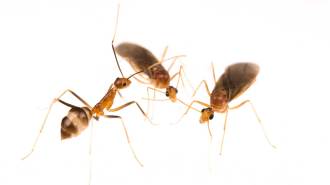 Animals
AnimalsInvasive yellow crazy ants create male ‘chimeras’ to reproduce
Yellow crazy ants are first known species where chimerism is required in males: Each of their cells holds DNA from just one of two genetic lineages.
-
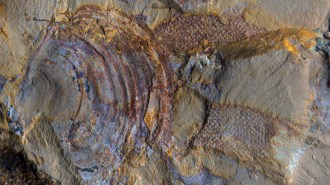 Paleontology
Paleontology520-million-year-old animal fossils might not be animals after all
Newly described fossils of Protomelission gatehousei suggest that the species, once thought to be the oldest example of bryozoans, is actually a type of colony-forming algae.
By Sid Perkins -
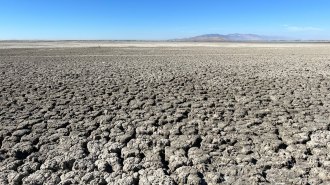 Earth
EarthThe Great Salt Lake is shrinking. What can we do to stop it?
A dropping lake level affects agriculture, public health and the environment — but water conservation can halt the decline.
-
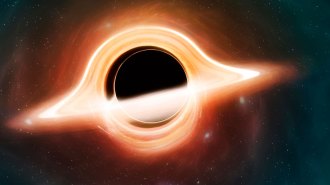 Math
MathHere’s a peek into the mathematics of black holes
The universe tells us slowly rotating black holes are stable. A nearly 1,000-page proof confirms it.
-
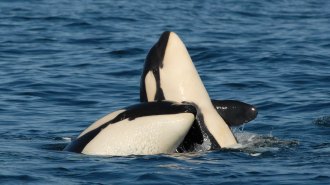 Life
LifeOrca moms baby their adult sons. That favoritism pays off — eventually
By sharing fish with their adult sons, orca moms may skimp on nutrition, cutting their chances of more offspring but boosting the odds for grandwhales.
By Susan Milius -

-
 Climate
ClimateGreta Thunberg’s new book urges the world to take climate action now
Greta Thunberg's ‘The Climate Book’ covers the basic science of climate change, the history of denialism and inaction, environmental justice and solutions.
By Erin Wayman -

-
 Chemistry
ChemistryThese chemists cracked the code to long-lasting Roman concrete
Roman concrete has stood the test of time, so scientists searched ruins to unlock the ancient recipe that could help architecture and climate change.